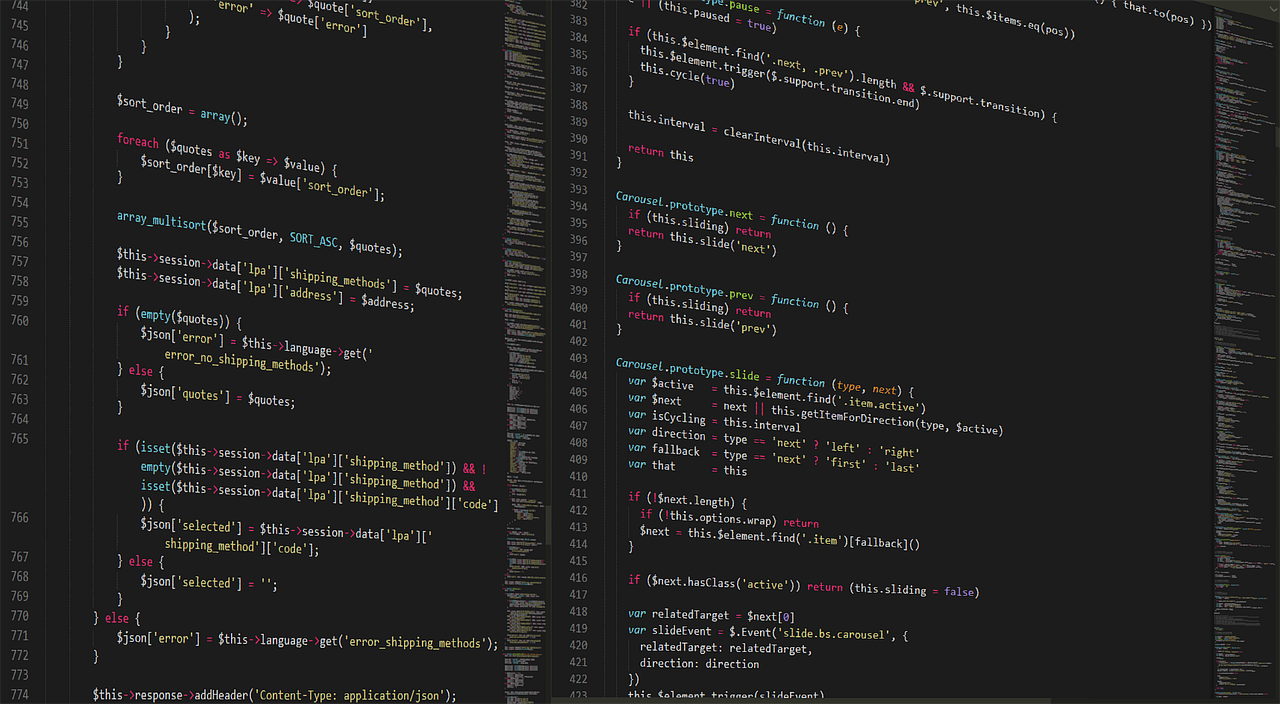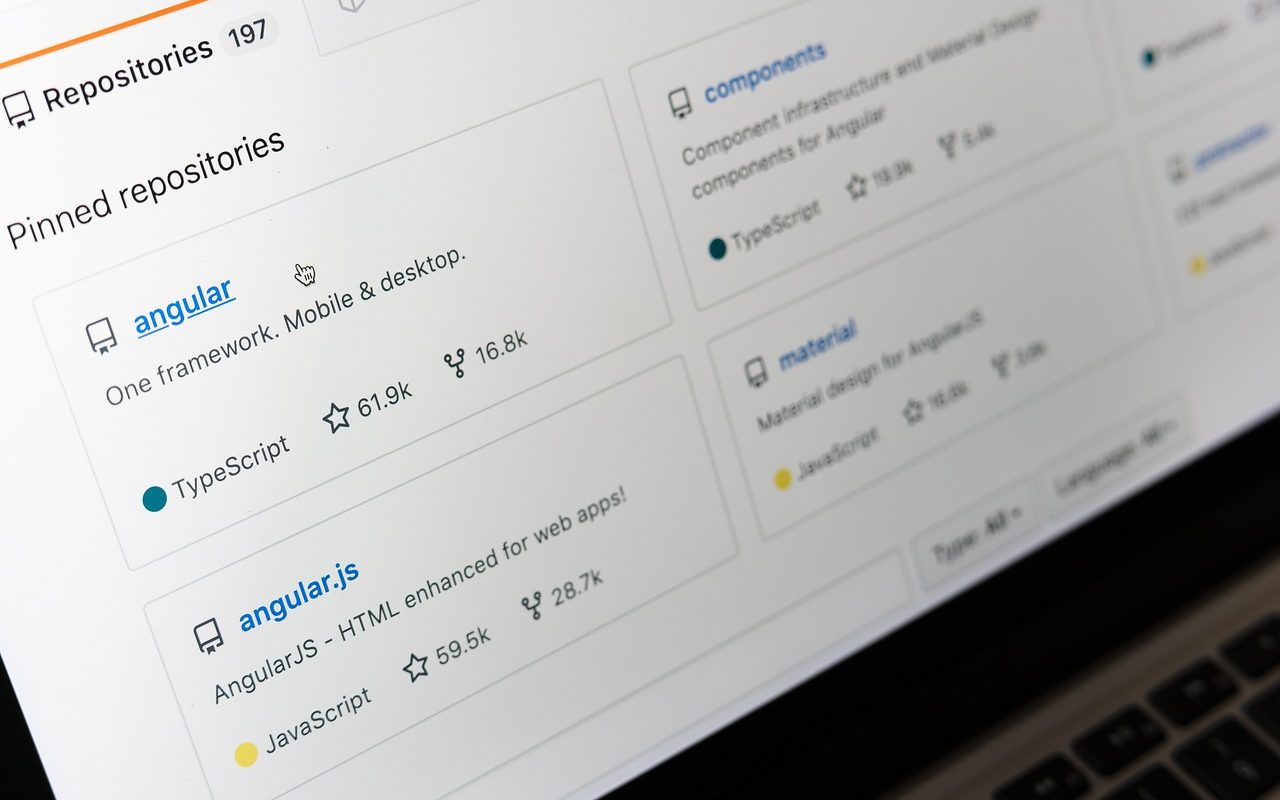Understanding Asynchronous Programming
Asynchronous programming is a fundamental concept in JavaScript that allows for non-blocking execution of code. It enables applications to handle multiple tasks concurrently, making them more efficient and responsive. In the world of web development, where user interactions and data fetching are commonplace, asynchronous programming is essential for creating smooth and performant applications.
What is Asynchronous Programming?
Asynchronous programming is a technique that enables a program to start a potentially long-running task and still be able to respond to other events while that task runs, rather than having to wait until that task has finished. This is particularly important in JavaScript, which is single-threaded, meaning it can only execute one piece of code at a time.
| Synchronous Programming | Asynchronous Programming |
|---|---|
| Tasks are executed sequentially | Tasks can be executed concurrently |
| Blocking: Each task must complete before moving to the next | Non-blocking: Can move to next task before previous one completes |
| Simpler to understand and debug | More complex but offers better performance |
| Can lead to poor user experience in long-running tasks | Improves responsiveness and user experience |
Common Use Cases
Asynchronous programming is crucial in various scenarios, including:
- API Calls: When fetching data from a server, the application shouldn’t freeze while waiting for the response.
- File I/O Operations: Reading or writing large files can be time-consuming and should not block other operations.
- Database Operations: Querying or writing to a database often involves waiting for results.
- Timer Functions: Functions like setTimeout() or setInterval() execute code after a delay without blocking.
- Event Handling: Responding to user interactions (clicks, keypresses) asynchronously allows for a responsive UI.
Callbacks
Callbacks are one of the earliest patterns used in JavaScript for handling asynchronous operations. A callback is a function passed as an argument to another function, which is then invoked inside the outer function to complete some kind of routine or action.
How Callbacks Work
Callbacks allow you to specify what should happen after an asynchronous operation completes. Here’s a simple example:
function fetchData(callback) {
setTimeout(() => {
const data = { id: 1, name: ‘John Doe’ };
callback(data);
}, 1000);
}
fetchData((result) => {
console.log(result); // { id: 1, name: ‘John Doe’ }
});
In this example, fetchData simulates an asynchronous operation using setTimeout. The callback function is executed once the data is “fetched” after a 1-second delay.
Callback Hell
While callbacks are straightforward for simple cases, they can lead to a problem known as “callback hell” or the “pyramid of doom” when dealing with multiple asynchronous operations that depend on each other. This results in deeply nested code that’s hard to read and maintain:
getData(function(a) {
getMoreData(a, function(b) {
getMoreData(b, function(c) {
getMoreData(c, function(d) {
getMoreData(d, function(e) {
// … and so on
});
});
});
});
});
This nested structure makes error handling difficult and can lead to code that’s hard to understand and debug.
Promises

Promises provide a more elegant solution to handling asynchronous operations. A Promise is an object representing the eventual completion or failure of an asynchronous operation.
Introduction to Promises
A Promise can be in one of three states:
- Pending: Initial state, neither fulfilled nor rejected.
- Fulfilled: The operation completed successfully.
- Rejected: The operation failed.
Creating and Using Promises
Here’s how you can create and use a Promise:
const myPromise = new Promise((resolve, reject) => {
setTimeout(() => {
const randomNum = Math.random();
if (randomNum > 0.5) {
resolve(`Success! Random number: ${randomNum}`);
} else {
reject(`Failed! Random number: ${randomNum}`);
}
}, 1000);
});
myPromise
.then((result) => console.log(result))
.catch((error) => console.error(error));
This example creates a Promise that resolves or rejects based on a random number. The .then() method is used to handle the fulfilled state, while .catch() handles the rejected state.
Error Handling with Promises
Promises make error handling more straightforward. The .catch() method can be used to handle any errors that occur in the promise chain:
fetchData()
.then(processData)
.then(saveData)
.catch((error) => {
console.error(‘An error occurred:’, error);
});
This structure allows for centralized error handling, making it easier to manage errors in complex asynchronous operations.
Async/Await
Async/Await is a more recent addition to JavaScript, introduced in ES2017. It provides a syntactic sugar over Promises, making asynchronous code look and behave more like synchronous code.
How Async/Await Works
The async keyword is used to define an asynchronous function. Within an async function, you can use the await keyword to pause execution until a Promise is settled (either fulfilled or rejected).
async function fetchUserData() {
try {
const response = await fetch(‘https://api.example.com/user’);
const userData = await response.json();
console.log(userData);
} catch (error) {
console.error(‘Failed to fetch user data:’, error);
}
}
fetchUserData();
In this example, fetch() returns a Promise. The await keyword pauses execution until the Promise is fulfilled, and then returns the resolved value.
Error Handling with Async/Await
Async/Await allows you to use traditional try/catch blocks for error handling, which can make your code cleaner and more readable:
async function fetchAndProcessData() {
try {
const rawData = await fetchData();
const processedData = await processData(rawData);
const savedResult = await saveData(processedData);
return savedResult;
} catch (error) {
console.error(‘An error occurred:’, error);
throw error; // Re-throw the error if needed
}
}
This structure provides a clear and concise way to handle errors at any stage of the asynchronous operation.
Benefits of Async/Await
- Readability: Code looks more like synchronous code, which is easier to understand.
- Error Handling: Using try/catch blocks is more intuitive than Promise chains.
- Debugging: Easier to set breakpoints and debug compared to Promise chains.
- Cleaner Loops: Simplifies working with asynchronous operations in loops.
Combining Callbacks, Promises, and Async/Await

Understanding how to transition between these different asynchronous patterns is crucial for working with various codebases and APIs.
Refactoring Callbacks to Promises
Here’s an example of refactoring a callback-based function to use Promises:
// Callback version
function fetchData(callback) {
setTimeout(() => {
callback(null, { id: 1, name: ‘John Doe’ });
}, 1000);
}
// Promise version
function fetchDataPromise() {
return new Promise((resolve, reject) => {
setTimeout(() => {
resolve({ id: 1, name: ‘John Doe’ });
}, 1000);
});
}
Converting Promises to Async/Await
Now, let’s see how to convert Promise-based code to use async/await:
// Promise version
function fetchAndProcessData() {
return fetchData()
.then(processData)
.then(saveData)
.catch(handleError);
}
// Async/Await version
async function fetchAndProcessData() {
try {
const data = await fetchData();
const processedData = await processData(data);
return await saveData(processedData);
} catch (error) {
handleError(error);
}
}
Practical Examples
Let’s explore some real-world examples to solidify our understanding of asynchronous programming in JavaScript.
API Calls with Fetch and Async/Await
Here’s an example of making an API call using the Fetch API and handling the response with async/await:
async function fetchUserPosts(userId) {
try {
const response = await fetch(`https://jsonplaceholder.typicode.com/posts?userId=${userId}`);
if (!response.ok) {
throw new Error(`HTTP error! status: ${response.status}`);
}
const posts = await response.json();
return posts;
} catch (error) {
console.error(‘Failed to fetch user posts:’, error);
throw error;
}
}
// Usage
(async () => {
try {
const userPosts = await fetchUserPosts(1);
console.log(‘User posts:’, userPosts);
} catch (error) {
console.error(‘Error in main function:’, error);
}
})();
This example demonstrates how to use async/await with the Fetch API to make an HTTP request and handle the response.
Handling Multiple Promises with Promise.all
When dealing with multiple asynchronous operations that can be executed concurrently, Promise.all is extremely useful:
async function fetchMultipleUsers(userIds) {
try {
const userPromises = userIds.map(id =>
fetch(`https://jsonplaceholder.typicode.com/users/${id}`).then(res => res.json())
);
const users = await Promise.all(userPromises);
return users;
} catch (error) {
console.error(‘Failed to fetch users:’, error);
throw error;
}
}
// Usage
(async () => {
try {
const users = await fetchMultipleUsers([1, 2, 3]);
console.log(‘Fetched users:’, users);
} catch (error) {
console.error(‘Error in main function:’, error);
}
})();
This example shows how to use Promise.all to fetch data for multiple users concurrently, improving performance compared to sequential requests.
Conclusion
Asynchronous programming is a crucial skill for JavaScript developers, enabling the creation of efficient and responsive applications. While callbacks were the initial solution for handling asynchronous operations, Promises and Async/Await have significantly improved code readability and error handling.
Promises provide a more structured approach to asynchronous programming, allowing for better chaining of operations and centralized error handling. Async/Await, built on top of Promises, offers an even more intuitive syntax that makes asynchronous code look and behave more like synchronous code.
By mastering these concepts, developers can write cleaner, more maintainable code that efficiently handles complex asynchronous operations. Whether you’re making API calls, reading files, or handling user interactions, understanding these patterns will greatly enhance your ability to create robust and performant JavaScript applications.
Remember, while Async/Await is often the most readable option, it’s important to be familiar with all three patterns as you may encounter them in different codebases and libraries. Each has its use cases, and understanding when to apply each pattern will make you a more effective JavaScript developer.
For more in-depth information on asynchronous JavaScript, you can refer to the MDN Web Docs and explore advanced topics like Web Workers and the Event Loop.




